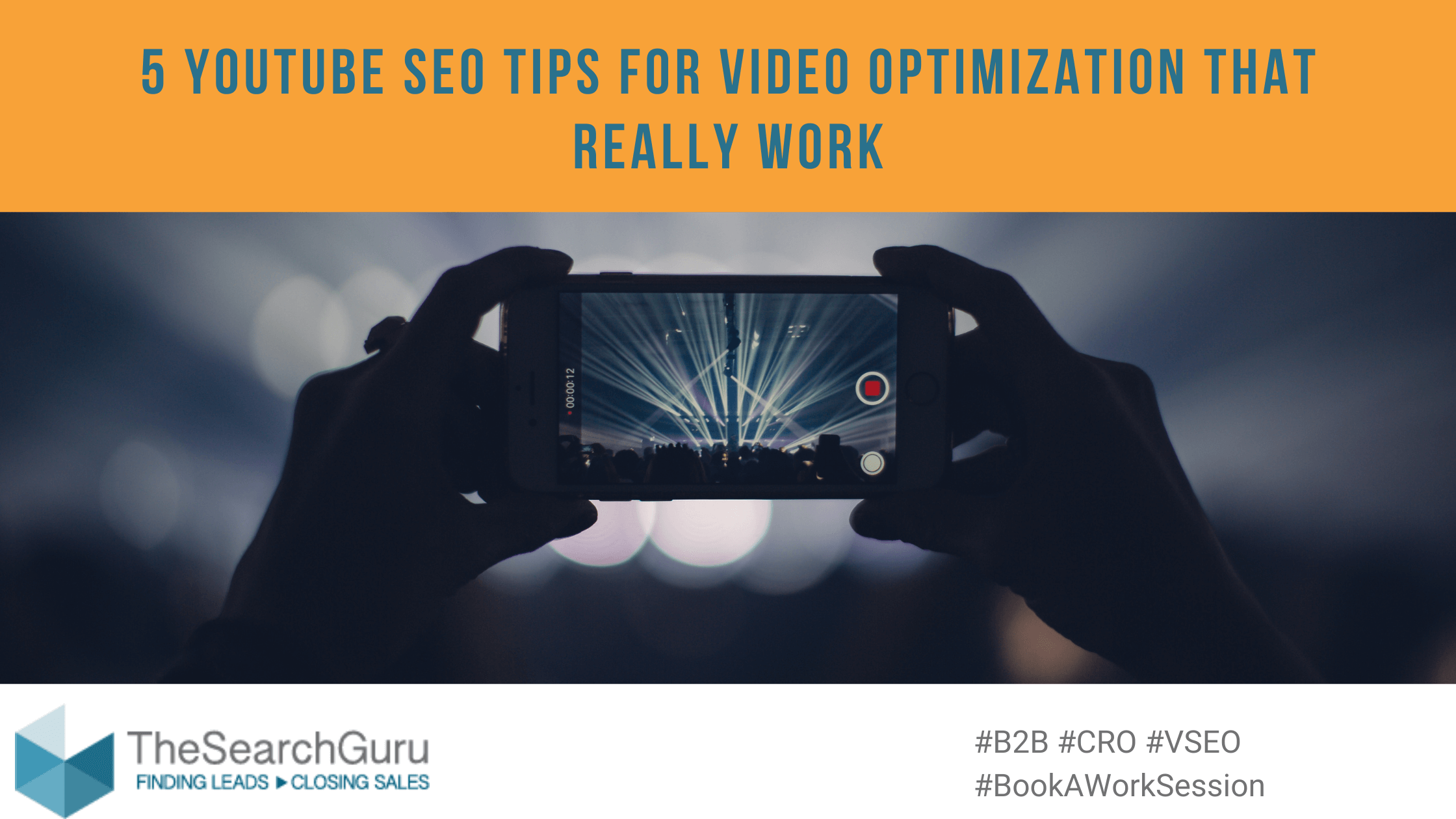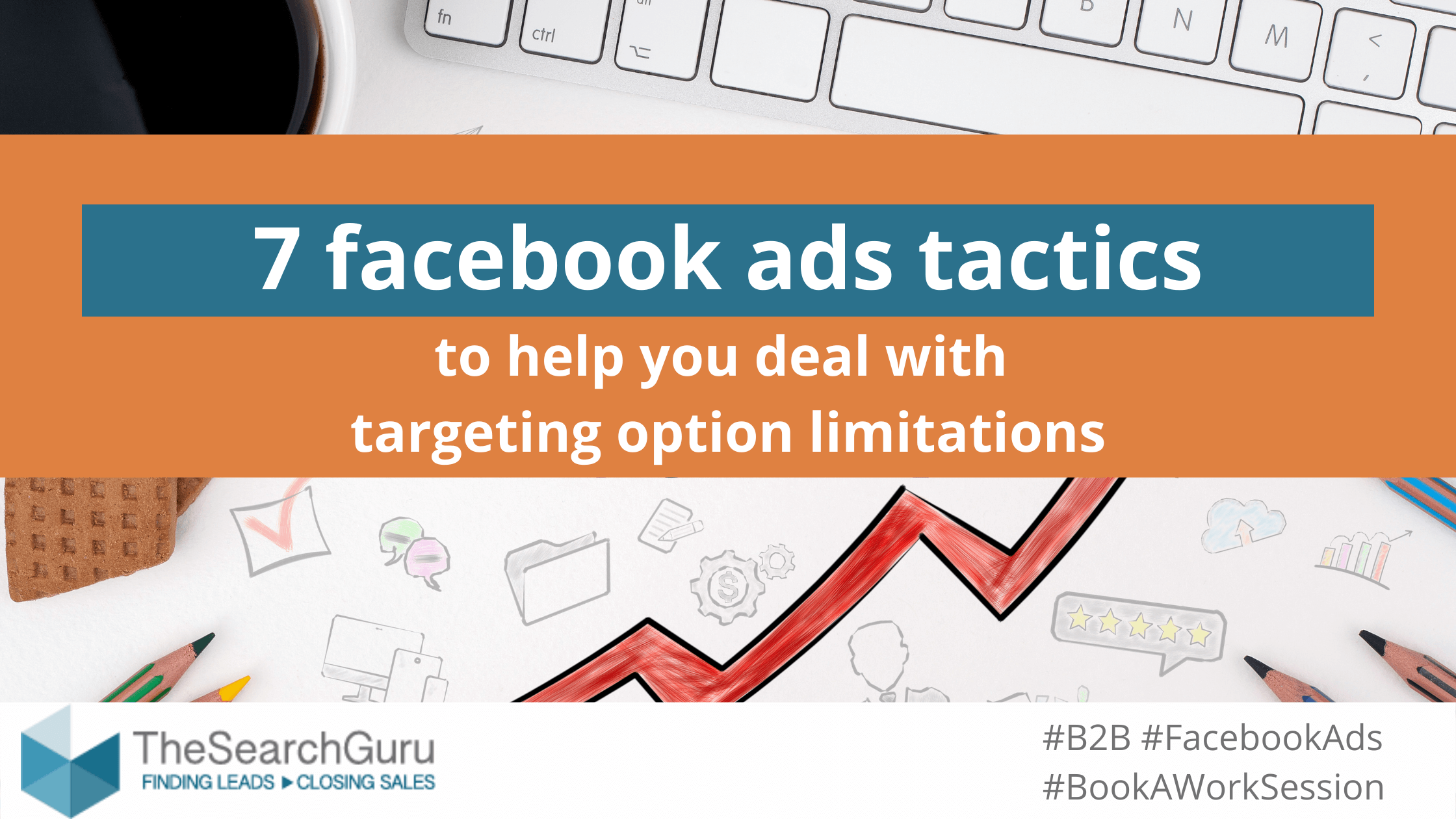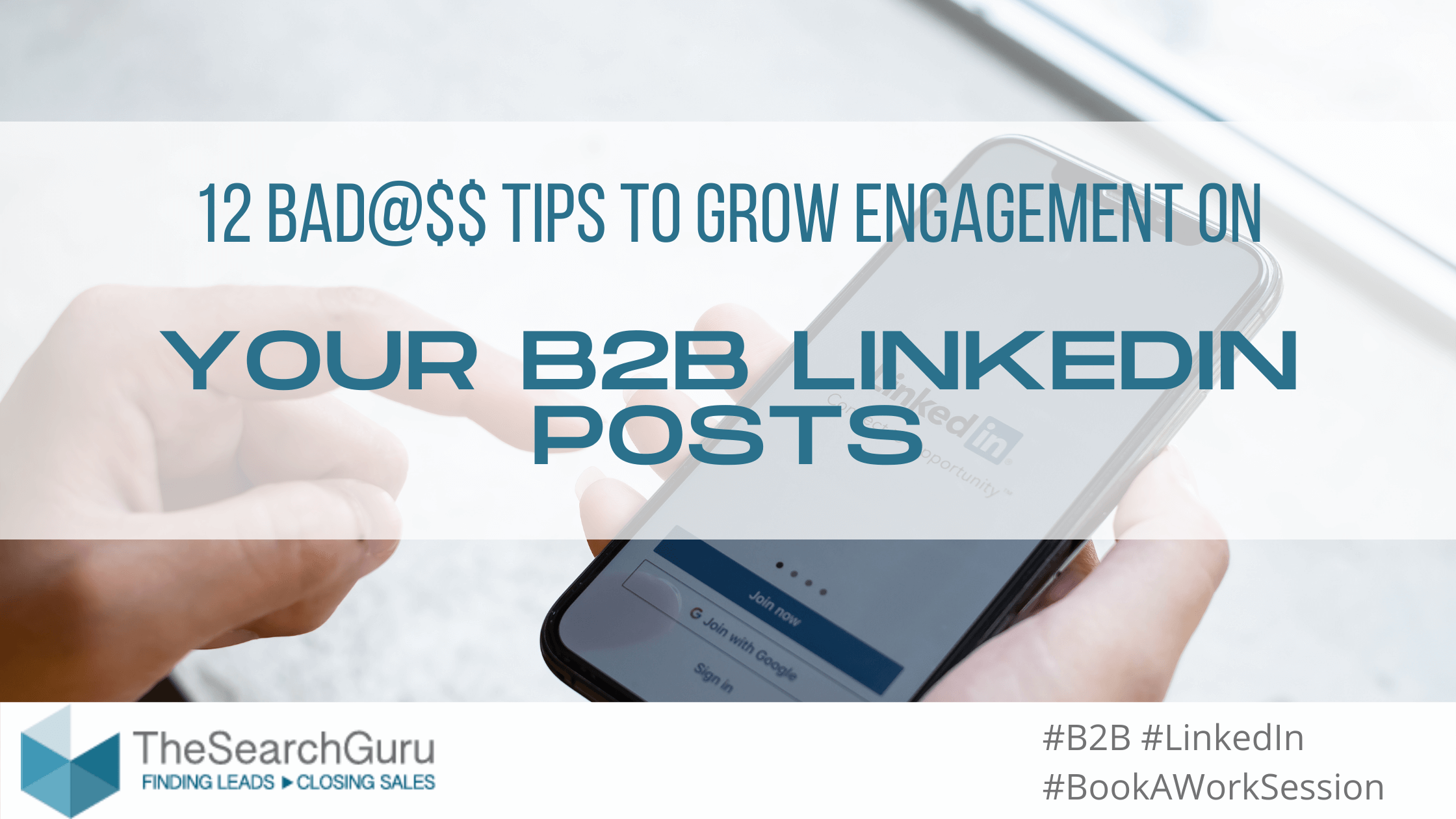VSEO, or video search engine optimization, is different from traditional search engine optimization, but many of the same basic SEO principles hold true.
VSEO has many benefits for business owners. YouTube is the second largest search engine in the world and the third biggest site on the Internet (Google and Facebook are #1 and #2 respectively).
While most product and service companies have been focusing their search engine optimization strategies on Google and their social media strategies on Facebook and Twitter, many have overlooked the tremendous video marketing opportunities available on YouTube.
YouTube’s engagement numbers are staggering. YouTube has 2.6 billion active users. In total, the site gets 14.3 billion visits per month: that’s more than Facebook, Wikipedia, Amazon and Instagram.
Convinced your business should be actively producing and promoting content via VSEO? We thought so. Here you can find 5 YouTube optimization steps for 2022.
Step 1: YouTube Algorithm
The first step in video optimization is understanding YouTube’s ranking algorithm.
Unlike Google, where webmasters are encouraged to improve their website’s rank by increasing the number of high-quality sites that link to their pages, YouTube does not consider the number and quality of inbound links.
YouTube ranking factors include relevancy of text-based content included in the headline, tags and description fields, the number of video views, the number of positive ratings a video receives and the recency of upload.
VSEO best practices include:
- Optimizing text-based fields such as headline, tags and description by including key phrases people would use to find your video
- Increasing the number of views your video receives via off-site promotional tactics
- Increasing the number of positive (thumbs-up) votes your video receives by producing topical, useful or entertaining content
- Committing to an editorial calendar that produces new content at a minimum interval of every 7 to 10 days. Videos on YouTube have a freshness factor of about one week. After one week, other ranking factors take over.
Step 2: Decide what videos to produce by researching what people want to see.
There is no shortage of video content on the internet. From cooking tutorials to funny cat videos, there is something for everyone. However, some of the most popular videos are those that are news-oriented or provide How-To information.
These types of videos often have a broad appeal and can be found on a variety of platforms. Whether you’re looking for the latest news or needing help with a project, these videos can provide valuable information.
- 1.5% of video searches on YouTube include the phrase “how to.” That may not seem like much but, according to the YouTube Keyword Tool, it’s nearly five times that of “Justin Bieber.”
| KEYPHRASE | MATCH TYPE | MONTHLY SEARCH VOLUME |
| Justin Bieber | Phrase | 13,686,200 |
| how to | Phrase | 57,835,300 |
- Consider producing content that explains, demonstrates or refines the process of how your product or service solves a problem for your customers. Begin by making a list of the challenges your users, customers or visitors face and brainstorm video content that could be created that helps solve those problems.
- To get additional keyword ideas, try copying and pasting the YouTube video ID or URL of a competitor’s video into the keyword field of the YouTube Keyword Tool. You can also try Google Youtube Trends.
Step 3: Optimize all available text fields.
There are only three text fields to optimize: headline, tags and description.
Consider the use of each carefully. Each must include keyphrases that users might use to search for and find your videos. Conduct keyphrase research just as you would as if you were creating an optimized content page, blog post or article. Use the YouTube Keyword Tool for additional intelligence.
YouTube text field optimization tips:
- The headline field is 100 characters long. Include your branded terms last.
- The description field is 5,000 characters long. That’s roughly 800 words! Include well-written, optimized copy just as if you were writing for a web page, blog or article.
- The tag field is 120 characters long. That’s roughly 20 words. As with SEO best practices for content creation, resist the urge to keyword stuff. Just include relevant tags to users.
- Begin each link with http:// – Otherwise, your links will not be clickable.
You may further optimize your YouTube channel by completing all available fields, uploading a custom theme and including links to your website, Facebook and Twitter accounts. Remember, you must include http:// in your links.
Push your video optimization efforts even further by adding call-to-action (CTA) overlays at the beginning, middle and end of your videos. Possible CTAs could be a vanity URL like shop[domain]now.com or a coded 800 number specific to your YouTube channel.
Step 4: Promote your videos via embedded posts and influencer outreach.
Just as traditional SEO techniques would have us build links to or create buzz around a new web page, blog post or article, the same must be done in video optimization.
- According to YouTube research conducted at TubeMogul, 44.2% of videos are found via an embedded post. Consider embedding your videos into your blog posts and content pages –or even your home page.
- Remember, the number of views a video gets is a ranking factor. Embedded views count just the same as views on YouTube, so embedding content in highly visible areas of your blog, product pages or landing pages can be an extremely effective way to increase the views of newly uploaded content.
- Identify opinion leaders by looking for YouTube users that comment thoughtfully and frequently. Review your competitor’s subscriber list and subscribe to their most active viewers’ channels. Commenting on the content they upload is a great way to encourage them to comment (and subscribe) to yours.
- And as with all new web content, promote your video optimization efforts via blog posts, Facebook updates and Twitter tweets.
Step 5: Conduct performance monitoring with YouTube Insight.
Once your content has been created, optimized and promoted, obsess over YouTube Insight analytics and determine where users discover your videos, who shared them and how often. There is much data here that can prove very beneficial for determining who your video consumers are and who new influencers may be.
VSEO will likely become an increasingly larger part of social media campaigns as website owners look to engage the wide audience of YouTube. We encourage you to test your video optimization efforts early and to test them often. Please share your VSEO questions, ideas or results with us in the comments below.
Updated: July 7, 2022
Let’s work on this together: book a free work session
All companies we speak with have unique problems, and we’ve yet to find anyone who isn’t primarily plagued by too few resources. Take us up on a free training/work session where we can discuss your unique problems and offer solutions from top B2B marketers. Book one here:





